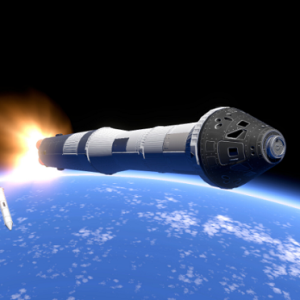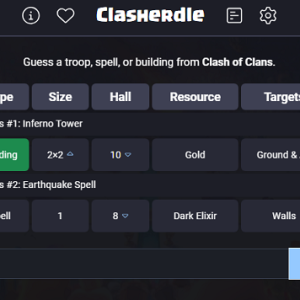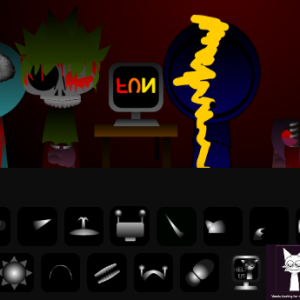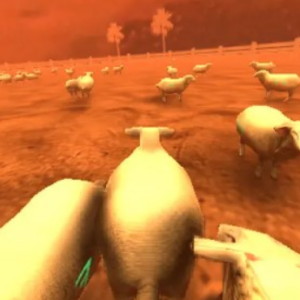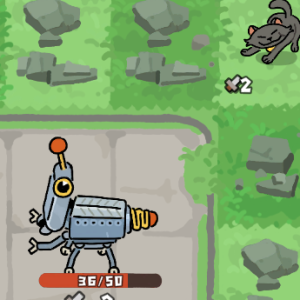Similiar games
Space Simulator is a digital environment designed to reproduce the mechanics of real space travel. The player takes control of spacecraft and applies orbital physics to reach destinations across the solar system. The simulation follows the rules of Newtonian motion, where gravity, thrust, and velocity determine every outcome. The goal is to understand how flight paths are created and maintained through accurate control and careful timing.
Core Principles And Controls
The foundation of Space Simulator lies in its physics model. Every spacecraft reacts to force and mass realistically, meaning acceleration and fuel use directly influence navigation. The player can use manual steering or rely on automated stability systems to hold orientation. Each maneuver, from liftoff to orbital insertion, must consider trajectory curves, fuel balance, and gravitational pull. The process emphasizes efficiency and precision rather than speed or combat.
Spacecraft And Functional Modules
Space Simulator includes a collection of ships, each representing different eras and purposes of space exploration. Early missions rely on small capsules and boosters, while advanced scenarios introduce multi-stage vehicles capable of deep-space travel. Each craft contains detailed systems for propulsion, power generation, and environmental control.
Main categories of spacecraft components include:
- command capsules and service modules
- landers and re-entry vehicles
- orbital stages and propulsion units
- fuel tanks and power arrays
- guidance and telemetry instruments
These systems operate together to simulate realistic missions, where even minor technical decisions can affect success or failure.
Mission Scenarios And Exploration Options
Space Simulator allows users to select predefined missions or construct custom operations. Historical missions recreate real events from space programs, while sandbox mode enables complete freedom of experimentation. Players can practice orbit stabilization, lunar descent, or interplanetary transfers. Each mission involves managing multiple factors, such as thrust alignment, stage separation, and landing vectors. The interface provides tracking displays, orbital maps, and telemetry panels that support analytical control throughout the flight.
Space Simulator functions as both an educational and procedural tool for learning about orbital dynamics. It introduces the logic behind propulsion and navigation, showing how trajectory and timing determine mission results. The system continues to expand with updates that refine accuracy and performance. By giving players responsibility for every step of a mission, Space Simulator presents a methodical interpretation of spaceflight built entirely around physics, calculation, and control.


